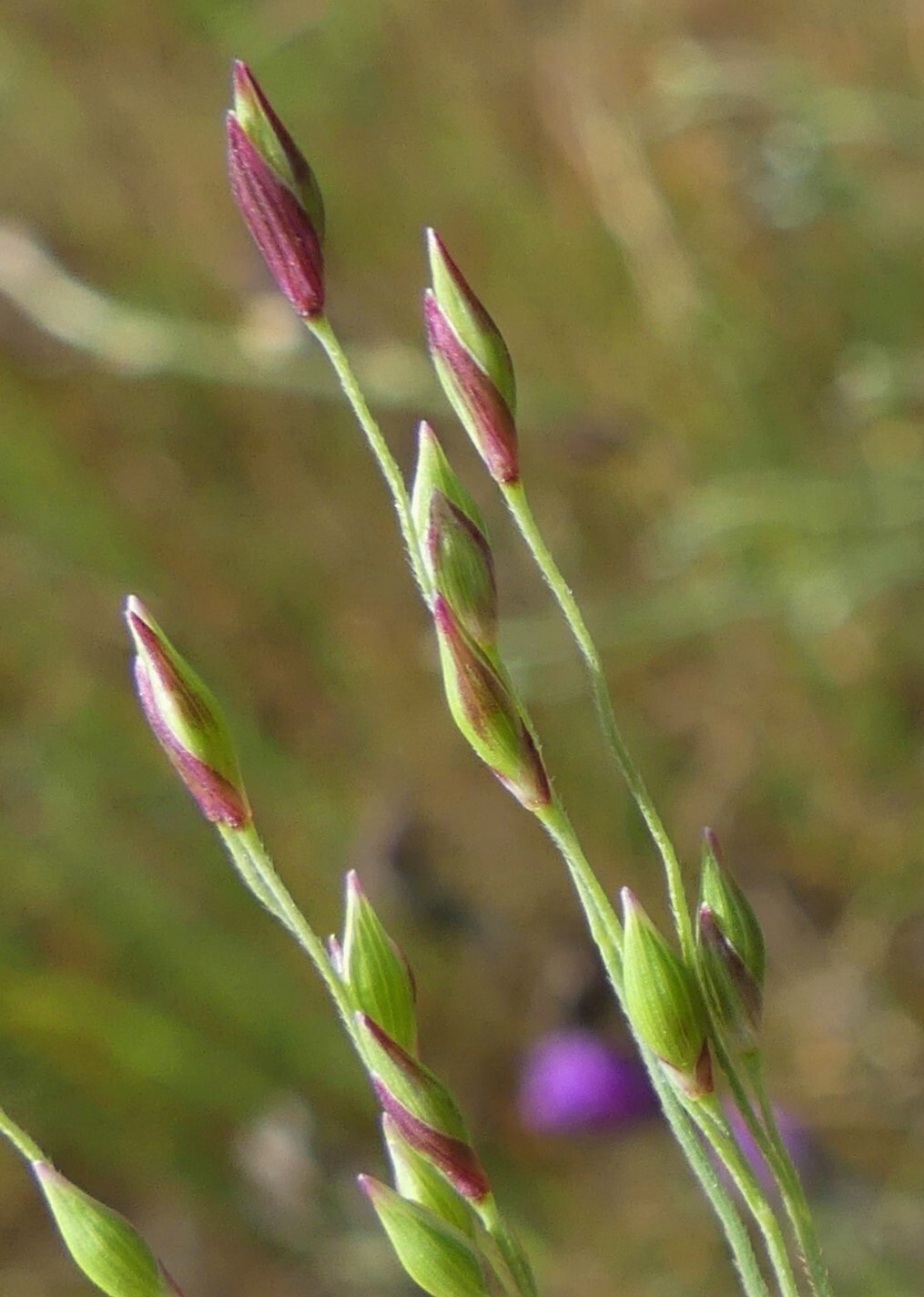Walwhalleya proluta
(F.Muell.) Wills & J.J.Bruhl Rigid PanicGlabrous, tufted, shortly rhizomatous, or rarely, stoloniferous perennial. Culms erect, to 100 cm high. Leaf-blades flat, to 20 cm long and 6 mm wide, usually somewhat glaucous; ligules obtuse, to 4 mm long, glabrous or sparsely ciliate at apex. Panicle fully exserted at maturity, with widely spreading or deflexed branches, rather sparse, 10–28 cm long. Spikelets 3–3.8 mm long; lower glume with 3–5 raised nerves, ovate, acute, 0.6–0.8 times length of spikelet; upper glume prominently 7–9-nerved, as long as the spikelet; lower lemma equal or subequal to upper glume; palea of lower floret ovate, bifid, 0.5–1 mm long; fertile lemma acute, slightly shorter than spikelet, hard, smooth or minutely granular, shining, dorsally rounded, with a minute incurved point; palea subequal to lemma, convex. Flowers Sep.–Apr.
LoM, MuM, Wim, GleP, VVP, VRiv, MSB, RobP, MuF, GipP, OtP, Gold, CVU, GGr, DunT, NIS, HSF. Also SA, Qld, NSW. Not uncommon in native grasslands and grassy woodlands in northern and western Victoria (but rare in the far north-west), and in the south on the basalt plains immediately north and west of Melbourne.
Walsh, N.G. (1994). Poaceae. In: Walsh, N.G.; Entwisle, T.J., Flora of Victoria Vol. 2, Ferns and Allied Plants, Conifers and Monocotyledons, pp. 356–627. Inkata Press, Melbourne.
 Spinning
Spinning

